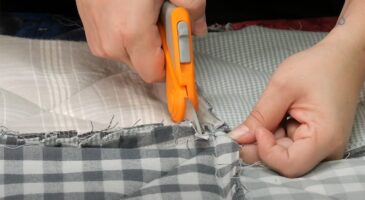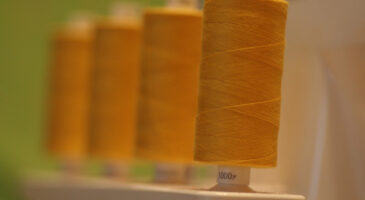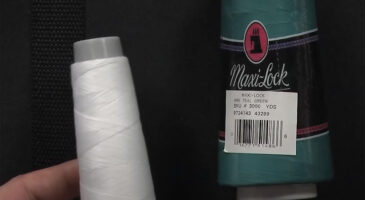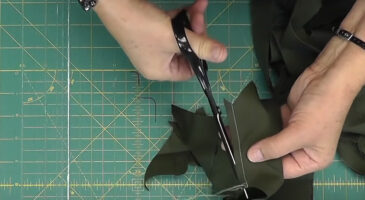If there’s anything I like about fashion, it is the limitless fabric material options that are at the disposal of both consumers and sellers. Both parties, on countless occasions, have had to combat indecision not because of the fabric per se but the material they are made of.
One of the fabric types that gives itself the benefit of both worlds (synthetic and natural fiber) is Poly cotton because it is made of both fibers. And this fabric is fast becoming one of the most popular fabric choices in this era. This is not just because it is composed of two of the most popular fibers but because of the outstanding qualities of this fabric.
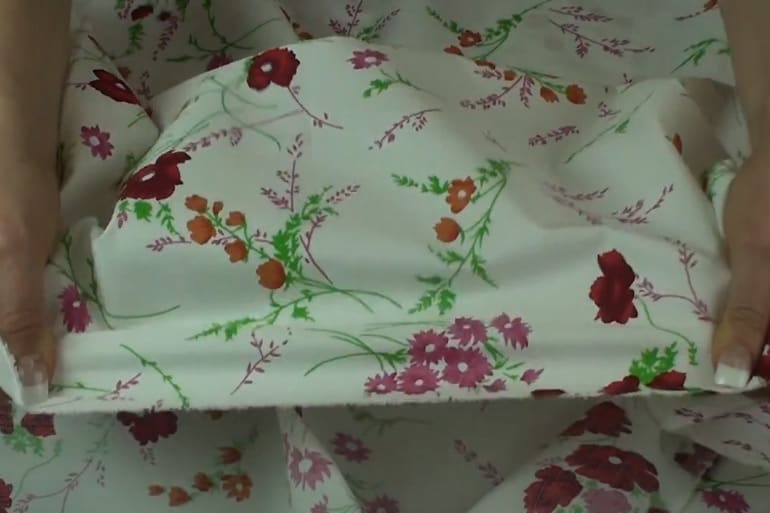
Unfortunately, I’m not here to talk about that but a rather more interesting topic, can you use Poly cotton for quilting? This has been one of the top debates in the quilting world, and this article provides all you need to know.
Can Poly cotton be used in quilts?
Yes, Polycotton can be used in quilts. It is undebatable that cotton fabric is the ideal fabric choice for quilting, but most quilters usually have problems using cotton, not because they are not as effective as deduced, but because they are expensive.
Polycotton provides a cheaper alternative to the popular quitting cotton, so if you think you cannot afford quilting cotton for your quilting project, Polycotton is one of the best options you can try.
What can I sew with Poly cotton?
With lots of amazing qualities like breathability, soft texture, toughness, durability, and affordability, Polycotton will make an excellent choice for lots of sewing projects, including bedsheets, clothes, tablecloths, undergarments, pillowcases, napkins, work overalls, cushions, and canvasses.
Is Poly cotton suitable for quilting?
Yes, Polycotton is suitable for quilting. Polycotton combines the properties of both synthetic and natural fibers, so logically or theoretically speaking, it should be ideal for making quilts. But it’s not only about that; the final product is usually durable due to the fabric’s toughness and flexibility.
What’s the pro and cons of Polycotton?
Pros of Polycotton
1. Polycotton is durable
When you compare cotton, which is often compared with polycotton side by side, Polycotton is better. Cotton is a highly breathable fabric and is often the first choice for most sewing projects, but it also has a weakness; it is not very durable. But because Polycotton is blended with polyester, it gives it a little bit of stretch, which prevents the fabric from untimely wear and tear or rips.
2. Polycotton is soft
The beauty of combining both polyester and cotton fibers to make a fabric is that the material will have the properties of the fibers. Thus, they complement each other in the aspect of their weaknesses. For instance, polyester is ordinarily not a soft fiber, and because it is blended with cotton, the feel of the final product, which is Polycotton, is often described as soft to the touch.
3. Polycotton is affordable
Cotton is known for its excellent qualities, but the problem is they are often sold at higher prices in the market, perhaps due to the cost of producing the fabric. However, Polycotton is composed of only about 35% cotton and 65% of polyester, they are very affordable, and the amazing part of the combination is that poly blends, even though they are sold at lower prices, retain the qualities of both polyester and cotton fibers.
Cons of Polycotton
1. Polycotton is not ideal for outdoor wears
Although Polycotton is quite breathable, but not as much as cotton, and as a result of this, it can only be best suited for indoor wear. Wearing polycotton apparel outdoors can be a little uncomfortable because they are not so breathable.
2. Polycotton is not cheap
I may have said Polycotton is cheap, but that is only true when compared to 100% cotton fabrics. But when compared to 100% polyester fabrics, it is expensive. But thankfully, here we are talking quilting which uses 100% cotton.
What needle do you use for Poly cotton?
The best needle to use for poly cotton is the ballpoint needle. This is the best needle choice because the rounded tip allows them to penetrate through strands without cutting them. This needle type is widely recommended for stretchy fabrics, which are likely to form holes, and since poly cotton is quite stretchy, it would make an excellent choice.
Which is better, Polycotton or cotton?
When it comes to the comparison between polycotton and cotton fabric, it all boils down to what you desire because both have certain qualities that are unique to them. These two fabrics will be compared side to side below.
- Softness
Cotton fabric is the popular choice for making bedsheets and quilts for several reasons, but one of these several reasons is that it is soft to the touch. Polycotton, although kind of soft due to the cotton blend but not as soft as cotton, so in terms of softness, cotton will be a better choice.
- Allergies
For someone who is suffering from allergies or has sensitive skin, the cotton fabric will be a better choice because they are made from 100% natural fibers. On the other end, Polycotton contains synthetic fibers, which may be harmful to someone who falls into the category of the people mentioned earlier.
- Price
On the cost side, Polycotton will make a better choice because they are sold at a lower price compared to cotton fabric. So if you want to make a quilt, but you don’t want to go out of your budget, then the best option will be Polycotton.
Should you wash Polycotton before sewing?
Yes, you should wash Polycotton before sewing. Polycotton may not be 100% cotton, but the little percentage of cotton in the total blend is enough for your fabric to be prone to shrinking. Therefore, in other to be on the safer side, it will be ideal for you to wash your polycotton fabric before washing it to keep it from shrinking.
Do you have to iron poly cotton?
No, you don’t have to iron poly cotton. Polycotton is wrinkle-free, which means it will not get wrinkled up easily. But can you iron it? Oh yes, you can!
